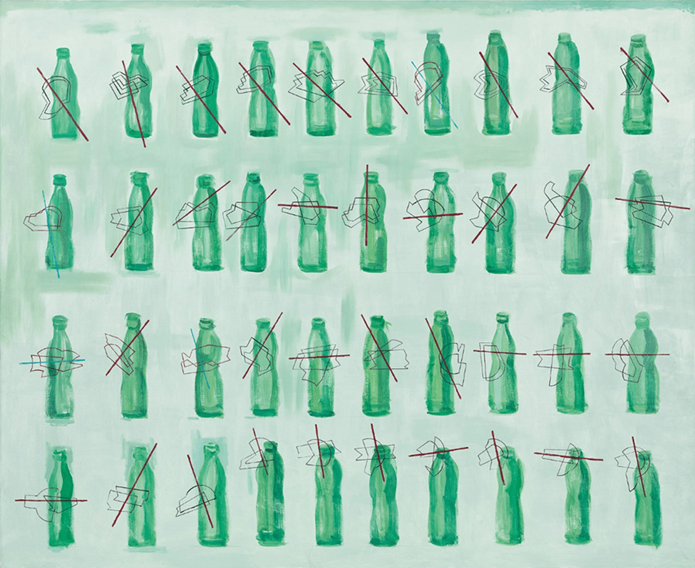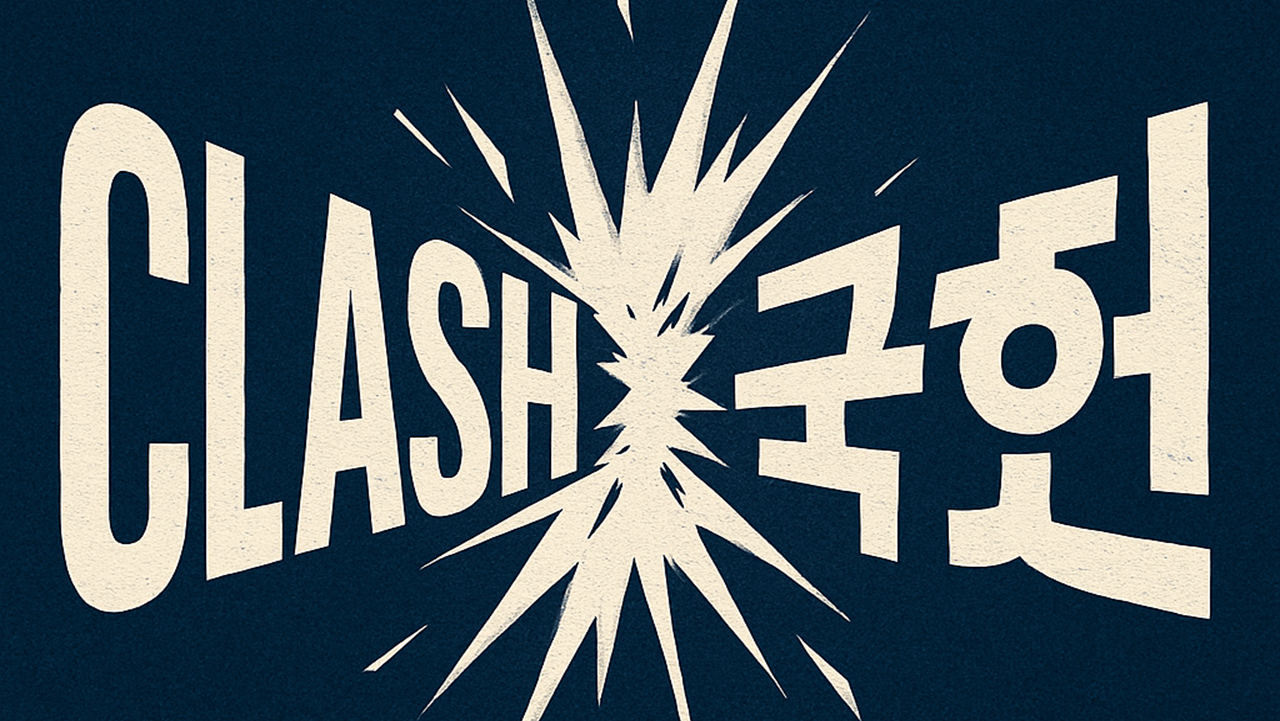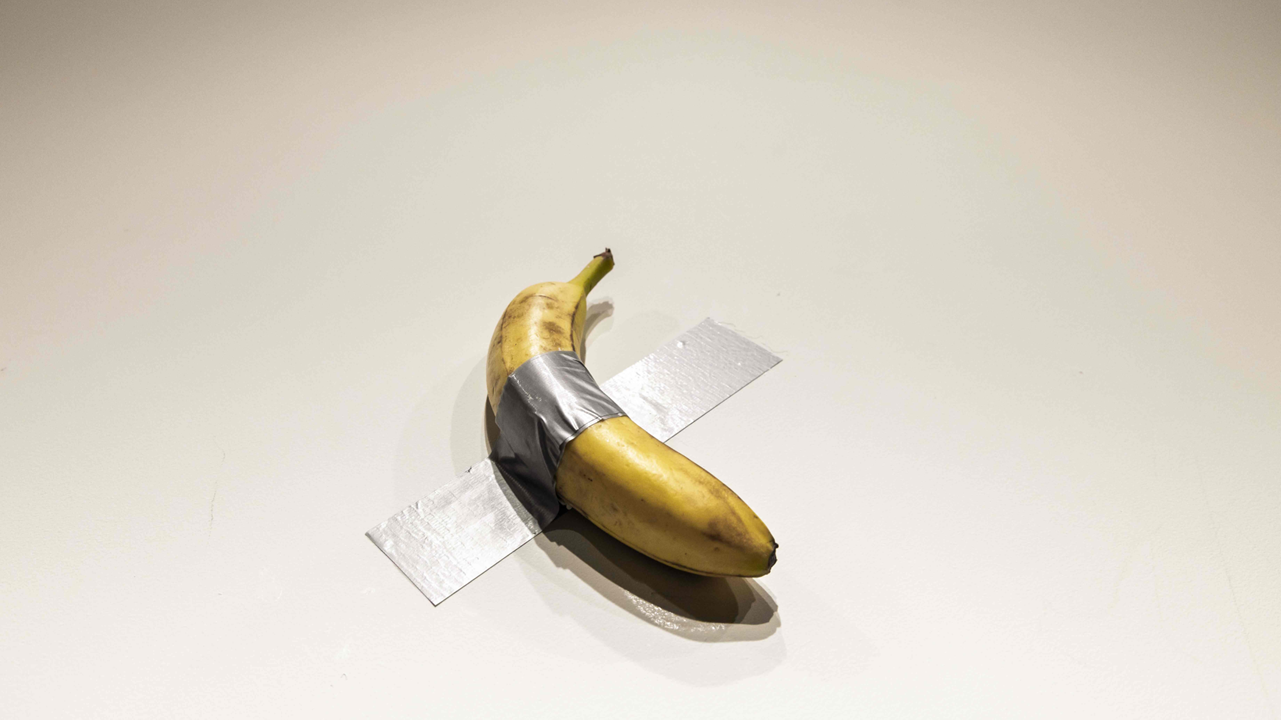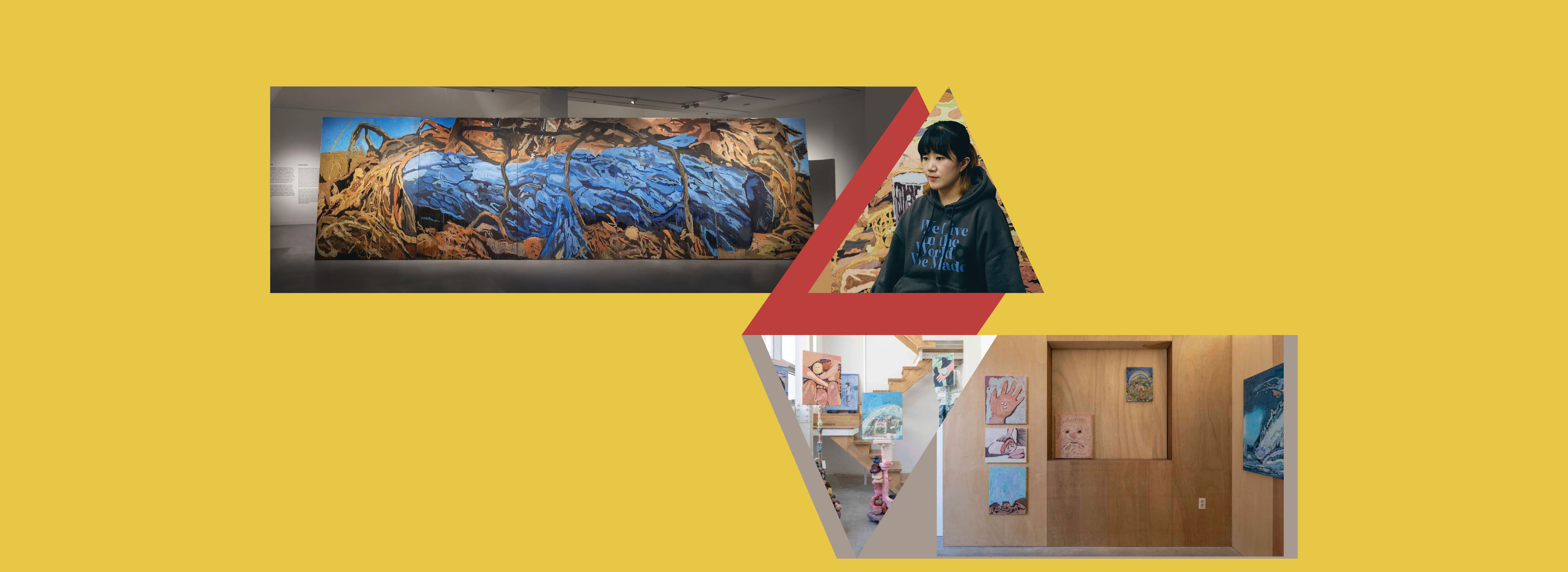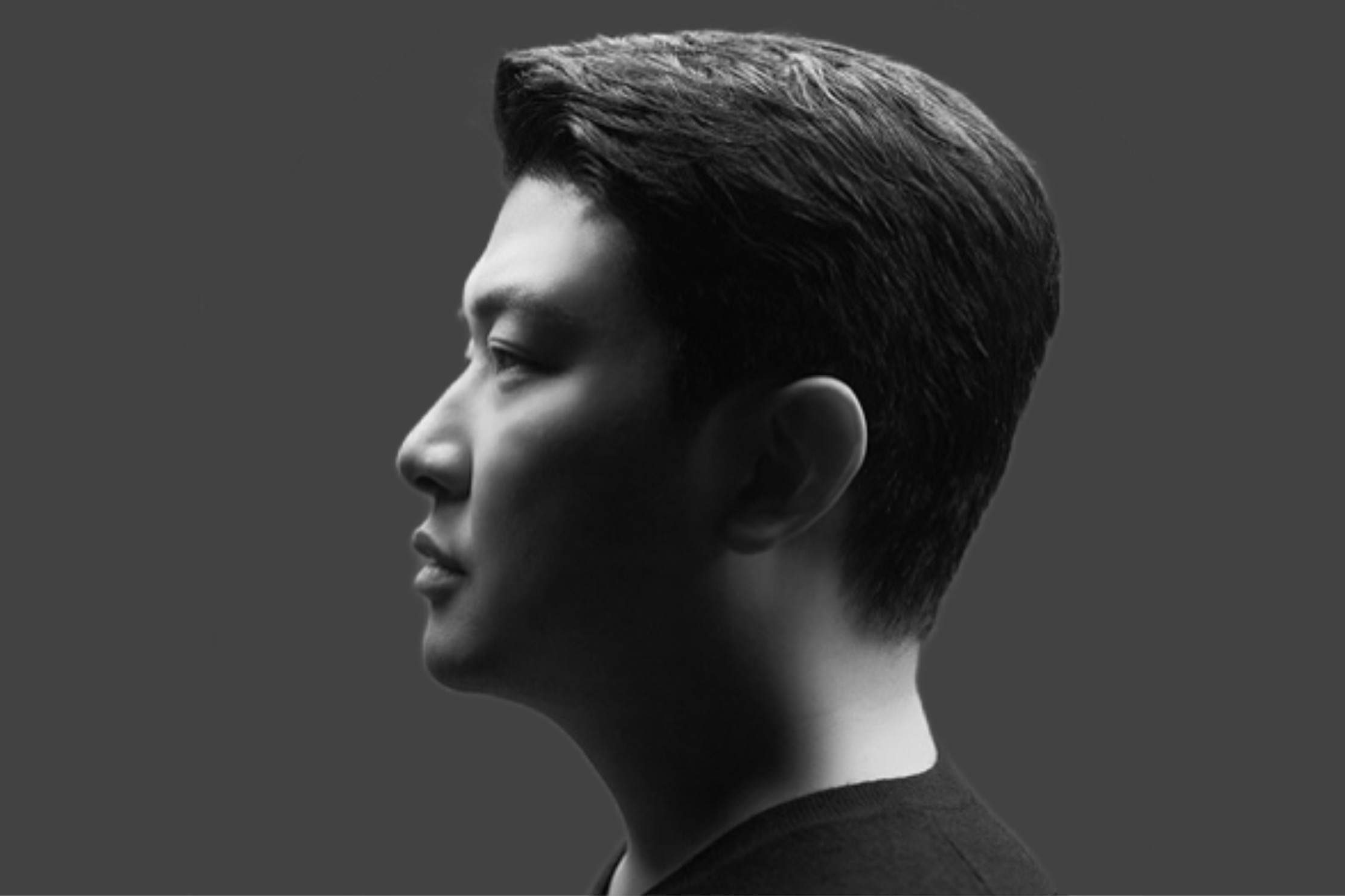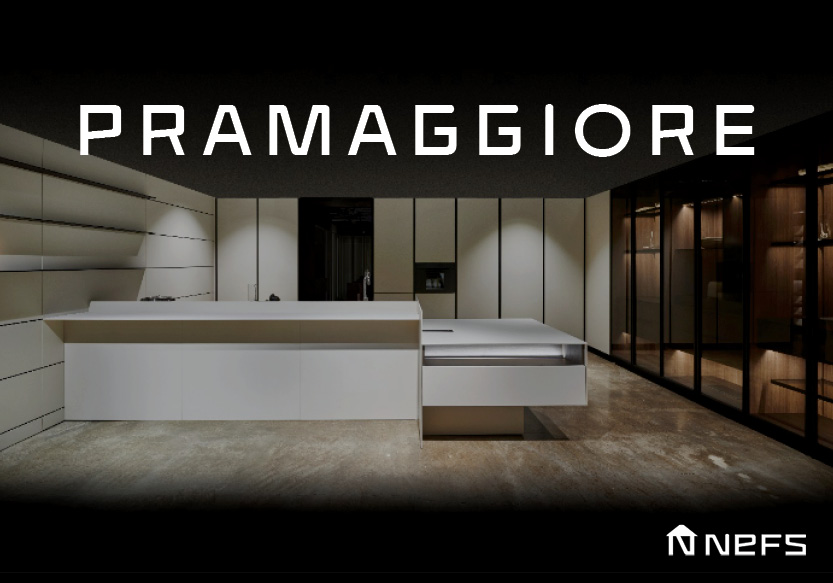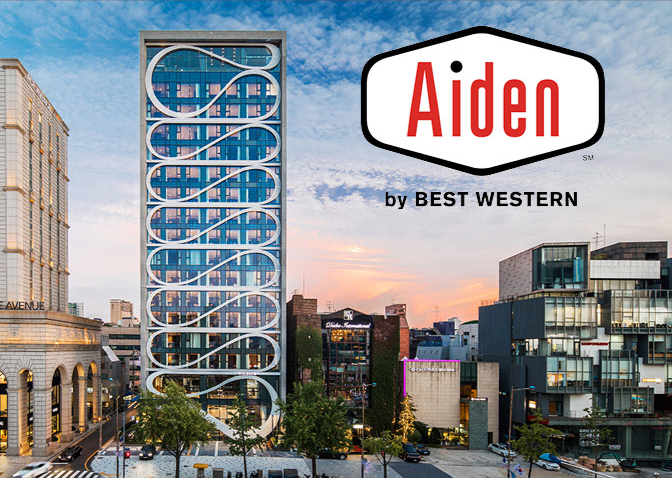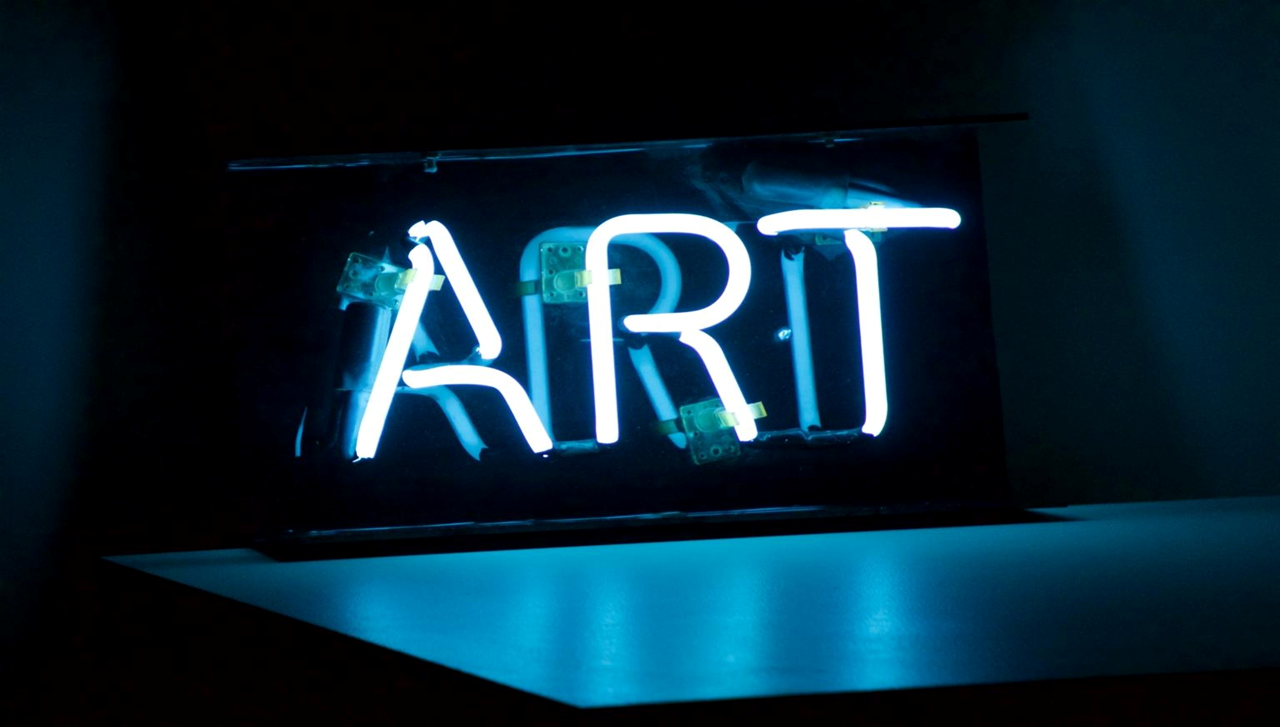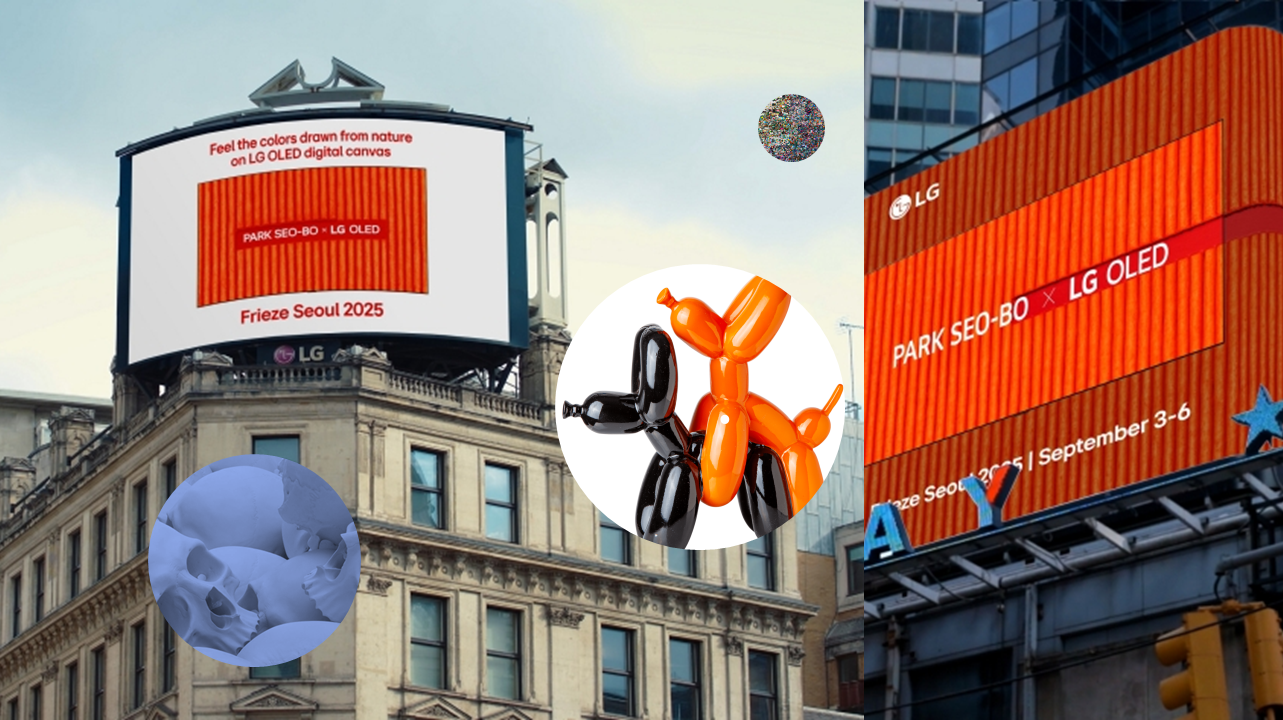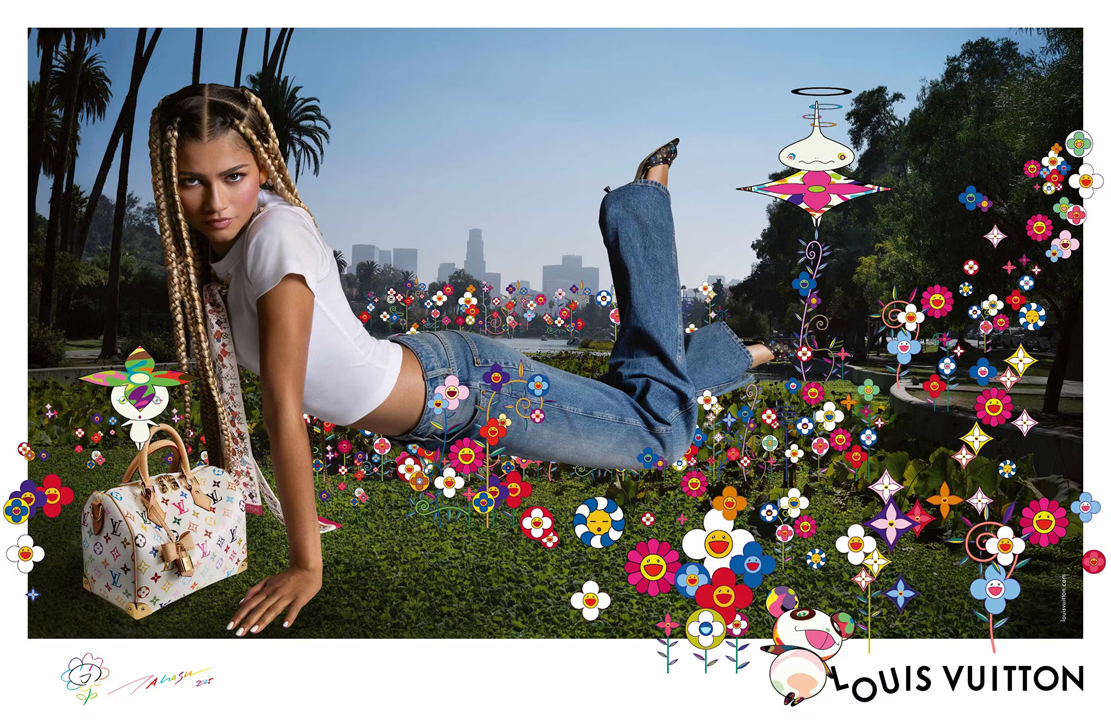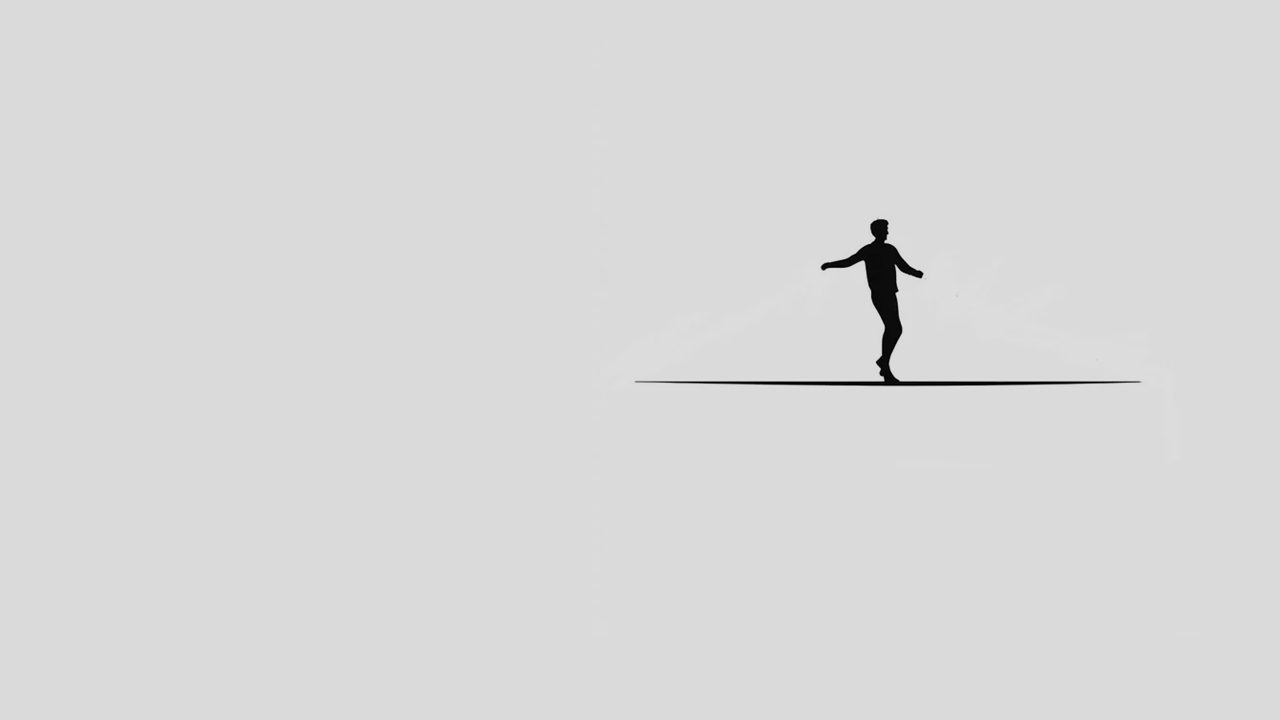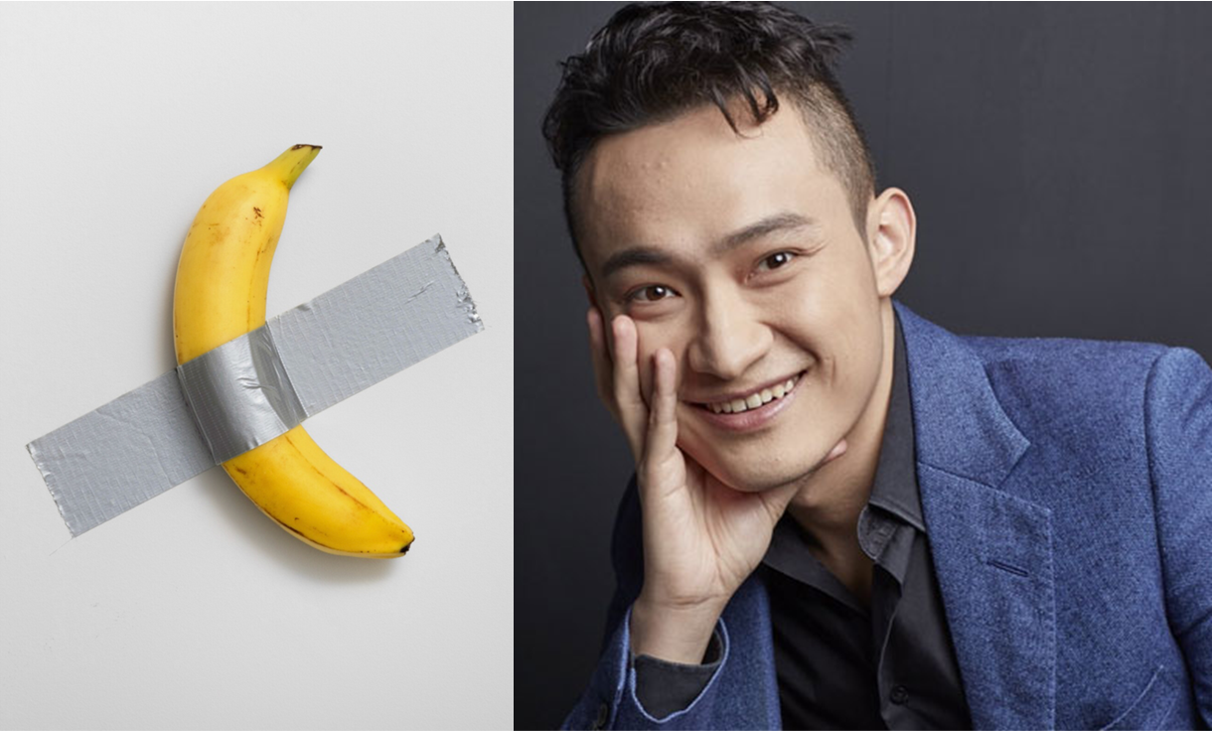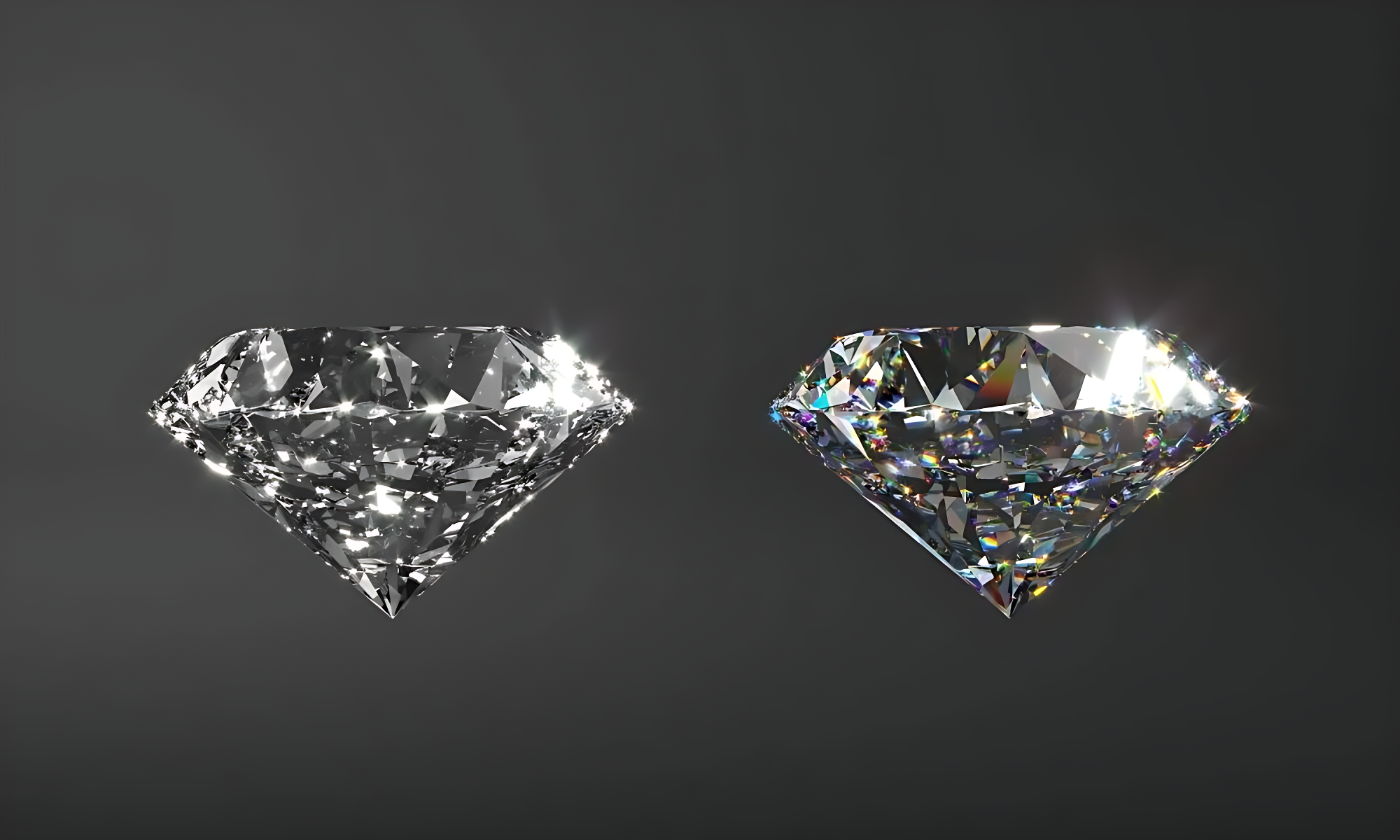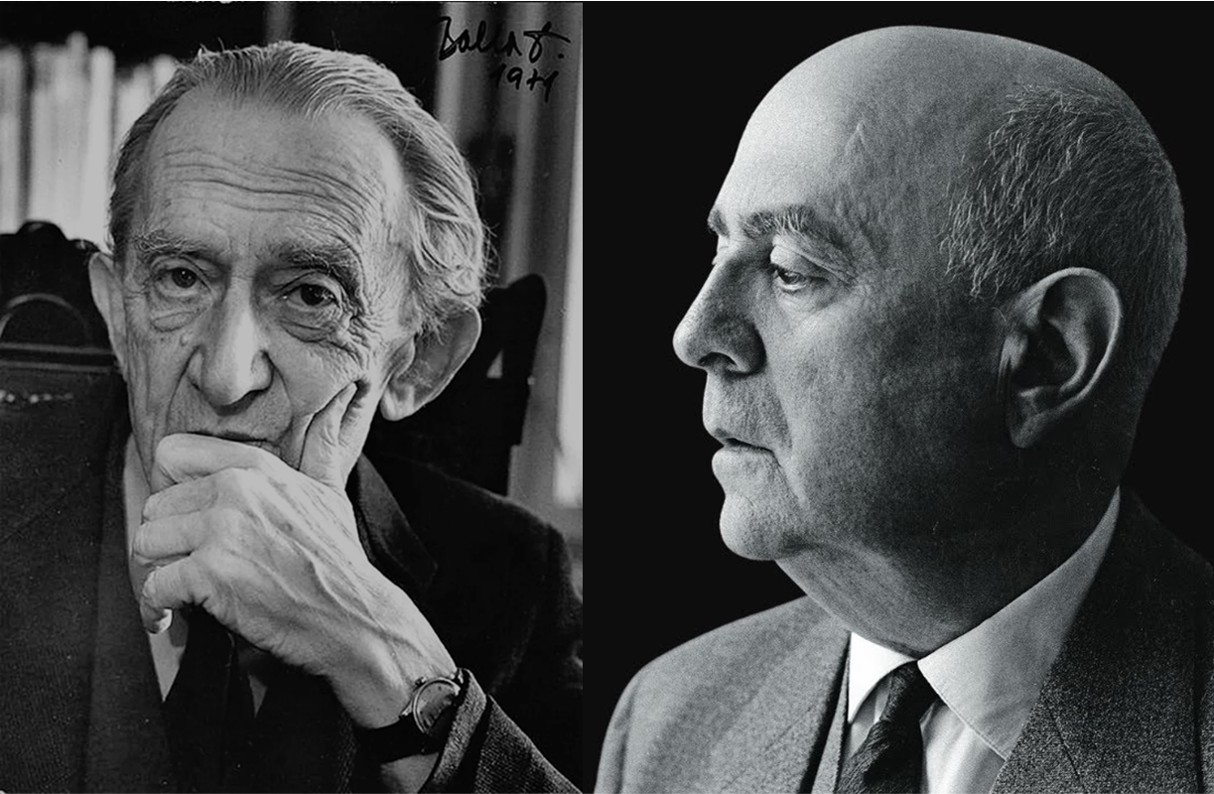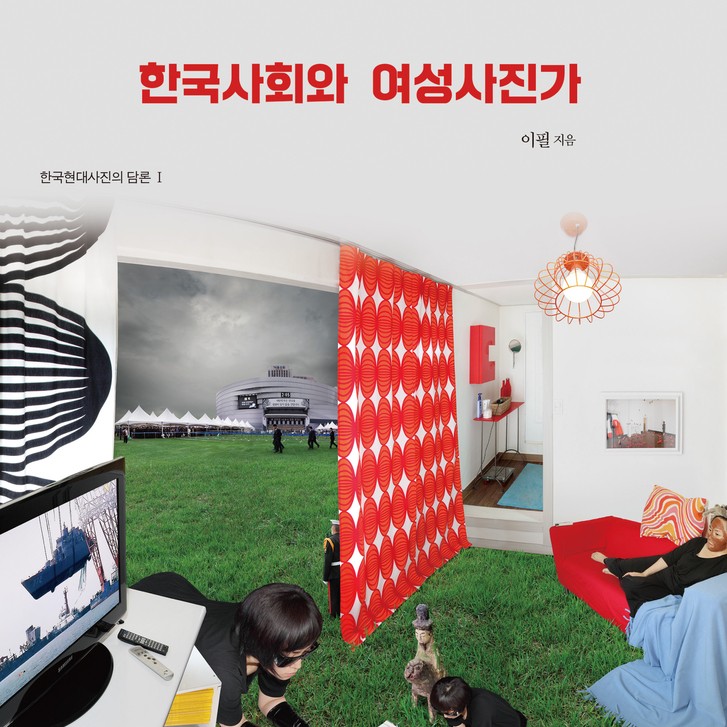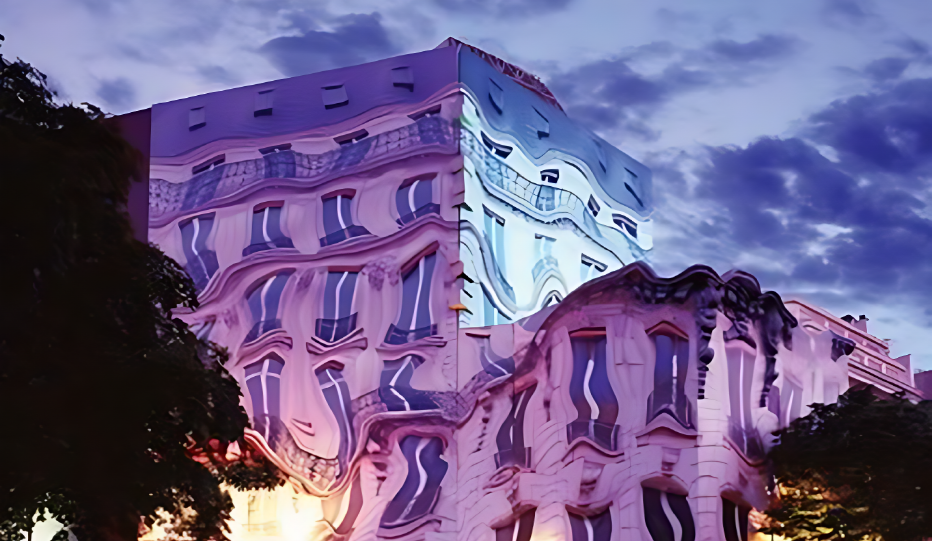Anxiety Behind
the Glitter
Today,
contemporary art appears more dazzling than ever. Art fairs around the world
draw hundreds of thousands of visitors, and record-breaking prices are set at
auctions.

A large crowd gathers in front of Mark Bradford’s work, which achieved the highest price of KRW 6.7 billion (approx. USD 50 million) at Frieze Seoul 2025.
In Korea as well,
Frieze Seoul has become a focal point for the Asian art market, while regional
fairs such as Art Busan and Art Gwangju continue to expand. Social media feeds
are flooded with exhibition snapshots, and blockbuster shows draw long lines of
eager visitors. Yet behind this spectacle lies a deep unease. The meaning of
works and the essence of art are increasingly sidelined, replaced by prices,
brands, and images. This is what we may call the “age of role reversal.”
What Does Role
Reversal Mean?
Role reversal is
not a mere rhetorical flourish. It refers to the condition in which what should
be the purpose is reduced to a means, and instruments or external markers come
to dominate the essence itself.
The essence of
art lies in creation, aesthetic exploration, and autonomy. But today this
essence is no longer allowed to function; instead, market logic and image
consumption reign as if they were the essence. Should we accept this situation
as a new paradigm, or regard it as a distortion where the essential is
overshadowed by the inessential? This is the existential question that
contemporary art must confront.
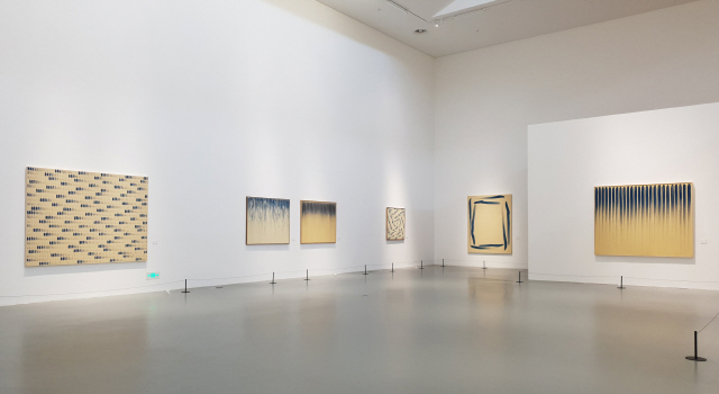
The exhibition view of Lee Ufan’s paintings in《Korean Abstract Art: Kim Whanki and Dansaekhwa》at the Powerlong Museum, Shanghai (2019). / Photo: Seoul Economic Daily

The exhibition view of Lee Ufan’s paintings in《Korean Abstract Art: Kim Whanki and Dansaekhwa》at the Powerlong Museum, Shanghai (2019). / Photo: Seoul Economic Daily
The Korean
Context: From Dansaekhwa to Young Artists
Let us first look
at the Korean scene. Over the past decade, ‘Dansaekhwa’ (Korean
monochrome painting) gained international recognition and became branded as “Korean
modernism.” Yet its discourse was consumed less as aesthetic achievement than
as a marketable cultural brand and investment vehicle. A similar trajectory is
evident among younger artists: rather than the content of their work, what
comes first is the label—“a rising artist you must buy now.” The artwork
becomes a certificate of market value, while the inner meaning of creation is
pushed aside.

The late Park Seo-Bo’s Dansaekhwa paintings were reinterpreted through LG’s color and AI technology and showcased at Frieze Seoul 2025.

View of the LG OLED TV Lounge at Frieze Seoul 2025, held at COEX, Seoul.

Beeple’s Everydays: The First 5000 Days(2021), the first NFT artwork auctioned at Christie’s, sold for USD 69.3 million. / Courtesy of Christie’s
The Global
Context: Branded Artists and the NFT Bubble
Globally, the
situation is little different. Artists like Jeff Koons and Damien Hirst wield
more power as brands and commercial icons than through the intrinsic content of
their work. The NFT boom was a quintessential case in which “scarcity
guaranteed by blockchain” was packaged as artistic value regardless of artistic
substance. When the hype subsided, what remained was a speculative bubble and a
collapse of trust. Art has become subsumed under a new regime of value—sign
capitalism—where signs and capital are inseparably fused.

Gettin' Busy Balloon Dog Sculpture / Photo: artofplay.com
What Is Sign
Capitalism?
“Sign capitalism”
refers to a system in which capital is no longer confined to material
production but circulates through images, brands, and signs as exchange values
in themselves.

Korean artist Cody Choi’s ‘Animal Totem’ (1999) was converted into an NFT work and valued at 70,000 Ethereum (approx. USD 1.75 billion).
Jean Baudrillard’s
notion of sign-value pointed out that commodities are consumed not
merely for use or price but for the symbolic meanings they carry. Contemporary
art epitomizes this condition. Works are evaluated not for intrinsic merit but
for signifiers such as “represented by a major gallery,” “number of followers,”
or “auction price.”
Here, Pierre
Bourdieu’s theory adds a crucial insight. He understood art as a field
structured by relations of power, in which “cultural capital” and “symbolic
capital” determine legitimacy. The value of a work, therefore, arises less from
the work itself than from its position within the field of institutions,
critics, galleries, and collectors. What we now witness—brand over work,
validation over meaning—is the extreme signification of symbolic capital.
Maurizio
Lazzarato, in 『Signs and Machines』, described contemporary capitalism as a system that mobilizes signs
and desires. Capital no longer simply exploits labor but organizes
imagination, signs, and consumer desire to generate new value. Contemporary art
sits squarely within this structure. Works function as devices of desire, while
social media snapshots and art fair sales exemplify what Lazzarato called the “economy
of signs and desires.” From this perspective, art today is less an autonomous
act of creation than a sign-machine deployed to organize and channel
desire.
The
Transformation of Exhibitions: From Contemplation to Certification
Exhibitions too
have changed character. In Korea, Ron Mueck’s show attracted over half a
million visitors in three months, yet the focus of many was not the work’s
meaning but the photos they could post online.

MMCA’s exhibition《Ron Mueck》/ Photo: The Joong Ang Ilbo

MMCA’s exhibition《Ron Mueck》reached 500,000 visitors within 90 days (April 11–July 9, 2025).
Globally,
immersive exhibitions such as teamLab and Van Gogh Alive turn art into a
consumable experience rather than an occasion for contemplation. Exhibitions
become stages for event industries, while artworks are reduced to backgrounds
for image consumption. Such transformations reinforce art’s subordination to
the order of sign capitalism.
The Structure
of Distortion
This inversion
has multiple causes.
First, in late
capitalism, art has been financialized into a tradable asset, subject to graphs
of rising and falling prices.
Second, digital
transformation and social media fragment works into images, compressing viewing
time into instant consumption.
Third,
institutional authority has weakened. Where once criticism and public museums
provided criteria for value, they now rely increasingly on box-office metrics
and public sentiment. Art loses the ground to stand on its own, collapsing into
an inessential apparatus governed by external indicators.
The Question
of Value Production
Who, then, is the
true producer of value? The artist, the public, the institutions, or capital?
Today, value production is distributed. In Korea, entry into an art fair often
carries more weight than a museum exhibition. Globally, collectors, institutions,
and even algorithms wield greater influence than artists themselves. But this
pluralization of value leads to a dilution of essence. Works mean less as works
in themselves than as signs circulating within networks. This is precisely the
intersection of what Bourdieu called the monopolistic force of symbolic capital
and what Lazzarato described as the machinery of desire.
Alternative:
Reconstructing Trust
We cannot simply
accept this as an inevitable paradigm of our time. It is a distortion in which
essence is overshadowed by the inessential. The alternative lies in
reconstructing trust. Of course, we cannot return nostalgically to the past
ideals of autonomy and the sublime. Instead, new structures of trust must be
built. Criticism must once again provide public language, museums and
institutions must resist surrendering entirely to market logic, and art must be
anchored in communal values, ethical practices, and sustainability.
Conclusion:
Returning to the Existential Question
The “age of role
reversal” is not a passing phenomenon but the name of an existential crisis
facing contemporary art. In both Korea and the world, art still retains its
essence, but that essence is being devoured by the structure of sign
capitalism. In Bourdieu’s terms, the art field is dominated by the
monopolization of symbolic capital; in Lazzarato’s, art has been reduced to a
sign-machine for the organization of desire.
The question we
must now grasp is clear: For what does art exist? Without sustained
reflection and an answer to this, contemporary art will remain lost in the
noise of markets and images. Only by holding fast to this question, and by
rethinking essence itself, can we prepare to move beyond the age of role
reversal.
Jay Jongho Kim graduated from the Department of Art Theory at Hongik University and earned his master's degree in Art Planning from the same university. From 1996 to 2006, he worked as a curator at Gallery Seomi, planning director at CAIS Gallery, head of the curatorial research team at Art Center Nabi, director at Gallery Hyundai, and curator at Gana New York. From 2008 to 2017, he served as the executive director of Doosan Gallery Seoul & New York and Doosan Residency New York, introducing Korean contemporary artists to the local scene in New York. After returning to Korea in 2017, he worked as an art consultant, conducting art education, collection consulting, and various art projects. In 2021, he founded A Project Company and is currently running the platforms K-ARTNOW.COM and K-ARTIST.COM, which aim to promote Korean contemporary art on the global stage.




